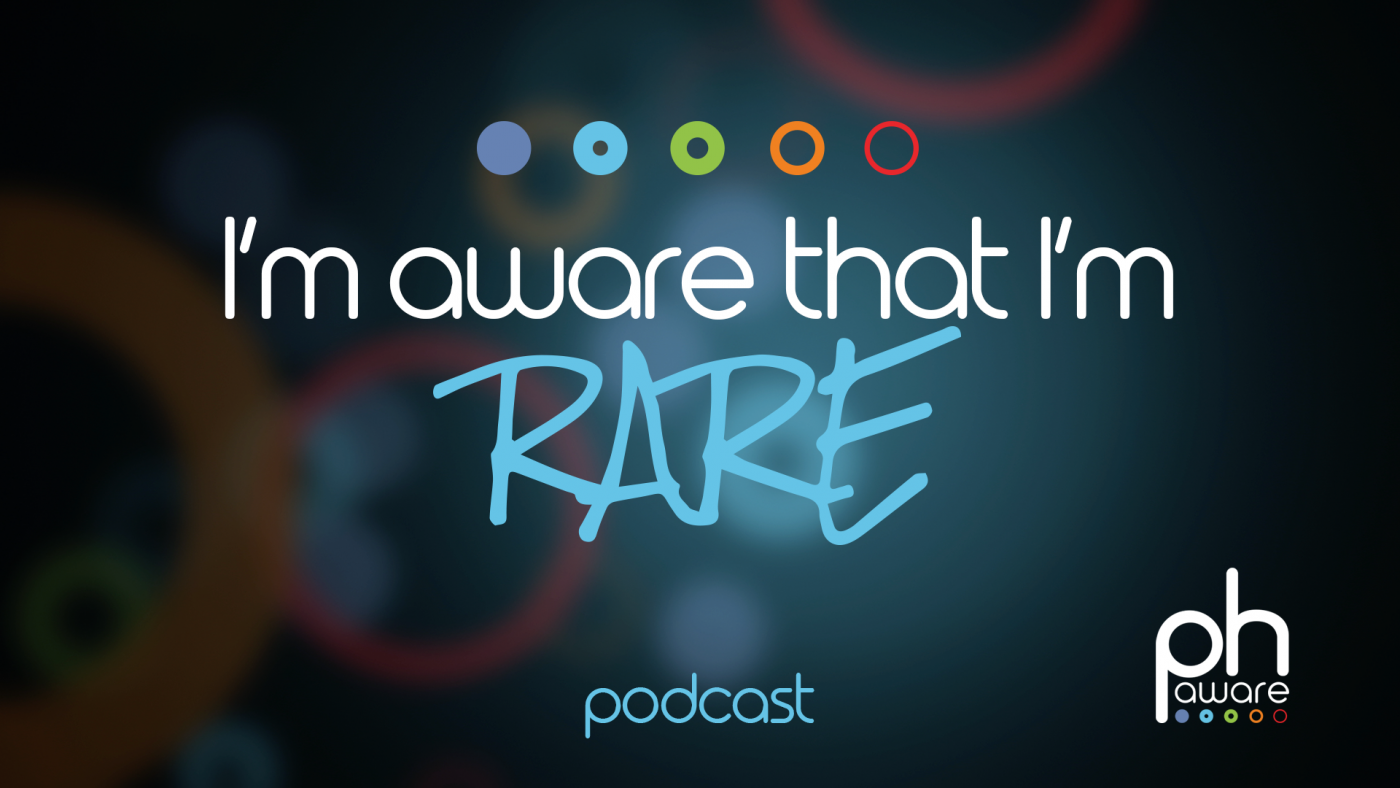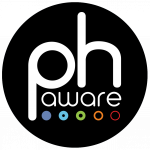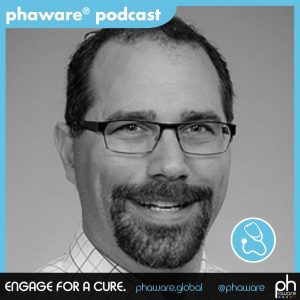Phaware Podcast: Peter Leary, MD, Part 2

This podcast series, created and produced by phaware, is being offered as a regular guest feature on Pulmonary Hypertension News to bring the voices and life experiences of PH patients, family members, caregivers, healthcare specialists, and others to our readers. You may listen to the podcast directly, or read it via the transcript that runs below.
I’m Aware That I’m Rare: Peter Leary, MD
The phaware® interview (Episode 94)
Dr. Peter Leary is a specialist in pulmonary and critical care medicine who cares for patients with pulmonary hypertension. Dr. Leary is focused on clinical care and research for patients with pulmonary vascular disease. In Part 2 of 2, Dr. Leary concludes his discussion on pulmonary embolism and CTEPH.
I’m Peter Leary. I’m from the University of Washington, Pulmonary Vascular Disease Program.
Today I’m going to go a little bit deeper in talking about pulmonary embolism and chronic thromboembolic pulmonary hypertension.
When we think about chronic thromboembolic disease, there are really, I think, three different ways that we can go. One is medical therapy where you go on drugs, similar to what you would do for pulmonary hypertension. Everyone’s going to be on blood thinners, but sometimes you’ll also go on drugs to not open up the areas that are blocked by clot but open up the other blood vessels.
Pulmonary thromboendarterectomy is a large surgery but it’s curative, and so part of the reason in pulmonary and hypertension why everyone with pulmonary and hypertension gets a V/Q scan is because if they’ve actually got chronic thromboembolic disease, it’s a disease that we have the potential to cure and not just treat with medications. I think that that’s important.
One of the newer things is balloon pulmonary angioplasty, where instead of a big surgery, we go in with a catheter, like a right heart catheterization, and inflate a little balloon and try and open up the individual blockages that are blocked by blood clots.
I would say that balloon pulmonary angioplasty is still a little bit earlier in its story. People have been doing it intermittently for a couple of decades, but it’s only really started to get enough evidence over the last five, 10 years that it’s starting to pick back up, where people are really investing the time and energy to learn this technique better, and it’s still a very limited number of centers that do it.
For a patient who isn’t quite ready for a big surgery and maybe wants the chance for a little bit more opening of those blood vessels than the medications alone can provide, balloon pulmonary angioplasty might be something that’s going to be valuable in that arena, and I think that it’s fair to say we hope that it is, but this is one of those therapies that we’re still trying to understand better and try and understand exactly where it fits in among all the different ways that we have to treat chronic thromboembolic disease.
Everyone with pulmonary hypertension should get a V/Q scan. It is important enough in the accreditation for a pulmonary hypertension center where centers should be showing that at least 80 percent of their patients with pulmonary hypertension get a V/Q scan. Now, there are occasionally unusual circumstances in the initial workup for pulmonary hypertension where another diagnosis is so clear that we won’t get a V/Q scan to look for chronic thromboembolic disease.
The reality is that chronic thromboembolic pulmonary hypertension and pulmonary arterial hypertension look exactly the same on right heart catheterization, they look exactly the same in terms of how people feel, they oftentimes look identical in all ways except for the V/Q scan.
If you haven’t done a V/Q scan, you’re missing the potential to treat another disease with some exceptions, and there are occasional exceptions, virtually everyone in their initial workup for pulmonary hypertension should get a V/Q scan.
I’m Peter Leary, and I am aware that I’m rare.
EVERYBODY HAS A STORY. WHAT’S YOURS?
Phaware global association wants to share your pulmonary hypertension story with their engaged global audience. Whether you are a patient, caregiver, or medical professional, they are enlisting PH community members from around the world.
Visit www.phawarepodcast.libsyn.com/contact to share your story and to be considered for a future episode. Never miss an episode with the phaware® podcast app. Learn more about pulmonary hypertension at www.phaware.global. #phaware
***
Note: Pulmonary Hypertension News is strictly a news and information website about the disease. It does not provide medical advice, diagnosis, or treatment. This content is not intended to be a substitute for professional medical advice, diagnosis, or treatment. Always seek the advice of your physician or other qualified health provider with any questions you may have regarding a medical condition. Never disregard professional medical advice or delay in seeking it because of something you have read on this website. The opinions expressed in this column are not those of Pulmonary Hypertension News or its parent company, Bionews Services, and are intended to spark discussion about issues pertaining to pulmonary hypertension.










Leave a comment
Fill in the required fields to post. Your email address will not be published.